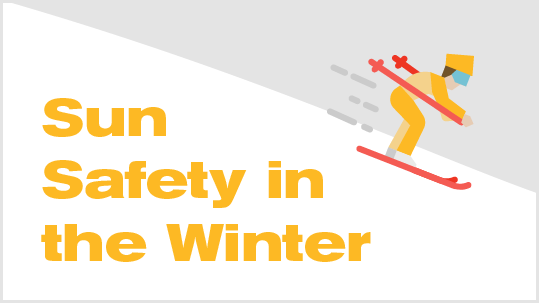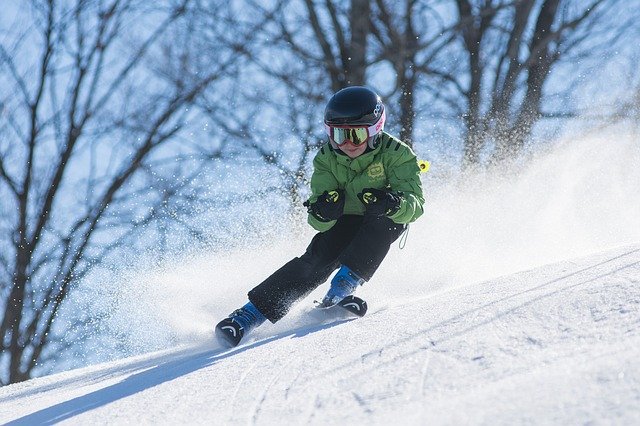 The arrival of frosty weather prompts the annual changes from t-shirts to turtle necks and flip flops to boots. While cold lemonade is left behind for hot chocolate, one routine that must remain through the seasonal shift is sun safety. Winter leads many to believe that sun protection is no longer required. In reality, fresh snow can reflect between 80-90% of UV rays. The reflection from snow combined with the impact of direct sunlight can therefore result in double exposure.
The arrival of frosty weather prompts the annual changes from t-shirts to turtle necks and flip flops to boots. While cold lemonade is left behind for hot chocolate, one routine that must remain through the seasonal shift is sun safety. Winter leads many to believe that sun protection is no longer required. In reality, fresh snow can reflect between 80-90% of UV rays. The reflection from snow combined with the impact of direct sunlight can therefore result in double exposure.
This high exposure can be especially worrisome while doing winter sports such as skiing and snowboarding. While practicing these sports, people are exposed to blankets of reflective snow along with the consequences of both the sun and the altitude. At higher elevations, UV radiation is absorbed at a lower rate and as a result the UV rays are considerably stronger. The World Health Organization has noted that a 1000 meter increase in altitude is associated with an increase of nearly 10 per cent in UV radiation. To put that into perspective, the ski resort with the highest elevation in Canada is 2,730 meters. According to the estimation, the ski resort faces almost a 30% increase in UV levels due to altitude.
 In addition to this, cloudy skies are not enough to stop the penetration of the sun’s rays. The clouds are actually thought to make the sun more harmful because they cause an unpredictable scattering effect of UV rays.
In addition to this, cloudy skies are not enough to stop the penetration of the sun’s rays. The clouds are actually thought to make the sun more harmful because they cause an unpredictable scattering effect of UV rays.
Taking all of this into consideration, there are actions that can be taken to stay safe from the sun throughout winter. First and foremost, it is advised to wear a sunscreen that is waterproof. This sunscreen should be applied and reapplied especially to often missed areas like the nose, ears, neck and chin. Additionally, layering clothing protects the rest of the body from sun exposure and provides warmth from the cold weather. Finally, gear like helmets and goggles used for winter sports should not be neglected since they act as both a protectant from injuries and the beaming sun. Evidently, winter brings about changes in attire, activities and weather but the importance of sun safety remains. While we should definitely still get outside in the winter for our dose of vitamin D, we should always make sure we’re protecting ourselves and those we love.


